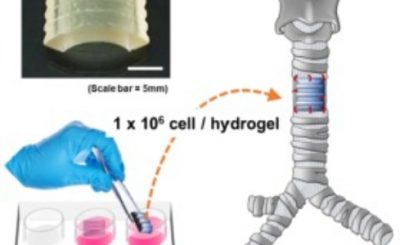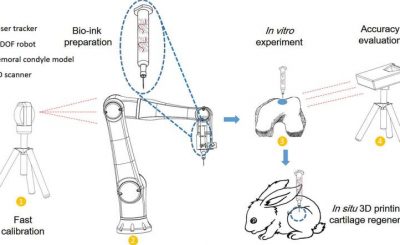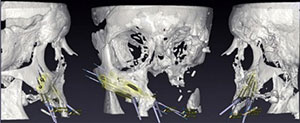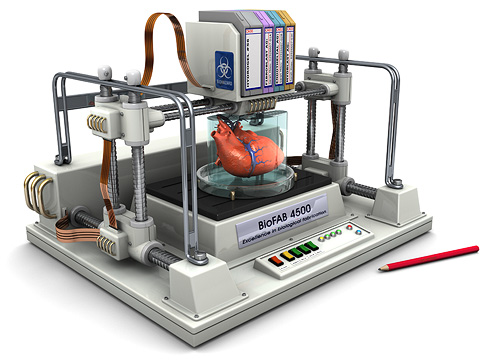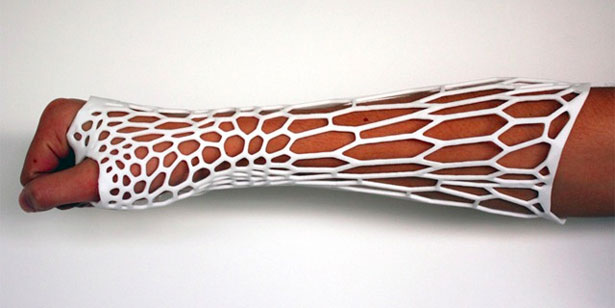3D printing technology has impacted scientific research significantly, especially when it comes to replicating the inner workings of living beings. Recently, in the case of a team of researchers based at UK’s Nottingham Trent University, the replication of organic structures is taking on a whole new dimension.

A model of the modified Leapfrog Printer used in production.
4D Printing can be defined as the combined use of advanced 3D printing technology and the change of form over time. With their own version of 4D printing, 
Using inflation to make 3D printed muscles flexible and expandable
The UK-based research team has created low-power artificial muscles with a customized 
3D scan of experimentation
Each surface layer of the 3D printed silicone was coated with graphite, capable of acting as a DEA electrode. The team inflicted mechanical strain on these silicone muscles during the process by inflating the balloon-like mandrel structure, in turn replicating the function of a muscle membrane. Using a laser measurement system, the team was able to show the varying shapes from pre- to post-inflation with a Grasshopper plug-in. Once the printed material was cured and the balloon was deflated, the silicone was able to make an evenly distributed return to its original shape. The energy used in the shape change was kept to a minimum because of the compression within the 3D printed tubular structure.
Using robust silicone material, DEA electrodes, and a modified 3D printing system, the research team was able to not only replicate the structure of the muscle, but also prove that the printed object could function like one, too. Soft robotics is only one of the few industries that 3D printing technology has influenced, but Coulter and Ianakiev are giving us reason to believe that the combination of the two can take us into the fourth dimension of innovation.
information




